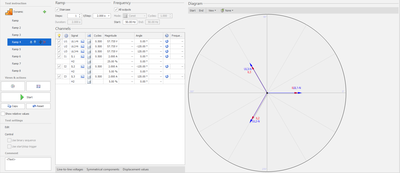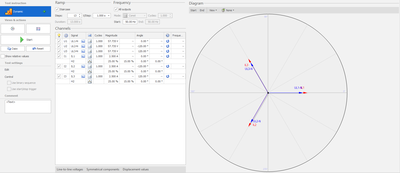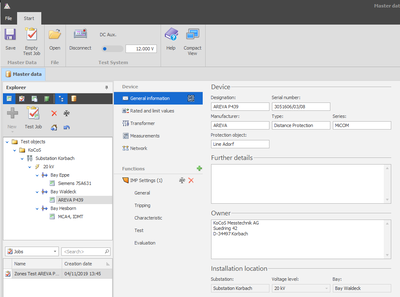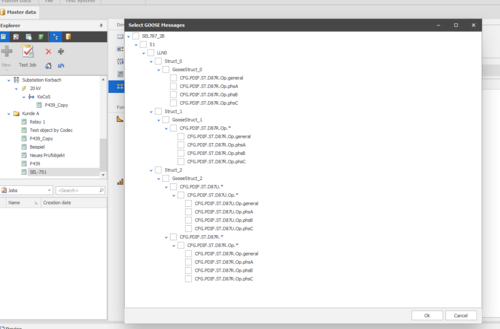Testing of inrush-stabilization – quick and easy with ARTES
25. August 2022, - Protection relay testing
When transformers are switched on, inrush currents can occur that exceed a multiple of the transformer rated current. Since the inrush current decay again after a few milliseconds, protection devices must separate these from fault currents and block tripping accordingly to ensure correct operation.
If the inrush current is analyzed with a suitable measuring device such as the SHERLOG fault recorder, an increased 2nd harmonic component can be detected. This increased proportion is also used by the protection devices to provide inrush stabilization. If the proportion of the 2nd harmonics exceeds a specified percentage, the trip is blocked by the protection device.
Since this is a blocking of protection functions, the inrush stabilization testing has to be part of the protection testing. For this purpose, test quantities that are within the tripping range of the protection device have to be superimposed with corresponding proportions of harmonics and the reaction of the relay has to be evaluated. With the VD-Monitor of the ARTES 5 testing software, such test sequences can be created in a simple manner. The ratio between the fundamental signal and the superimposition can be kept constant or changed in steps by means of ramp definition. Thus, combining several test sequences with different settings enables phase-selective testing of the inrush stabilization in a single test routine.
Any questions or additions to the topic? Then please use the comment function here in the blog or send an email to bfleuth(at)kocos.com.




